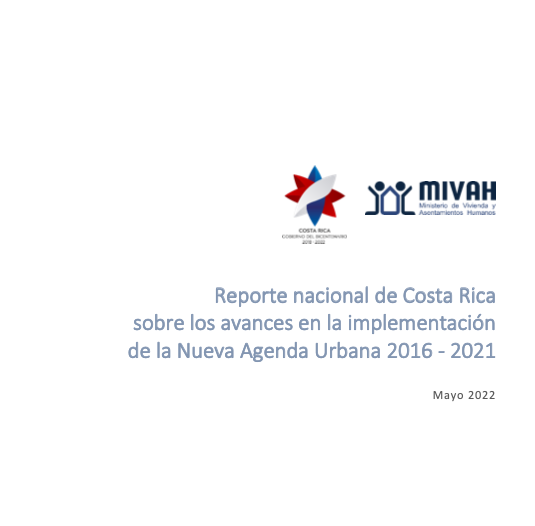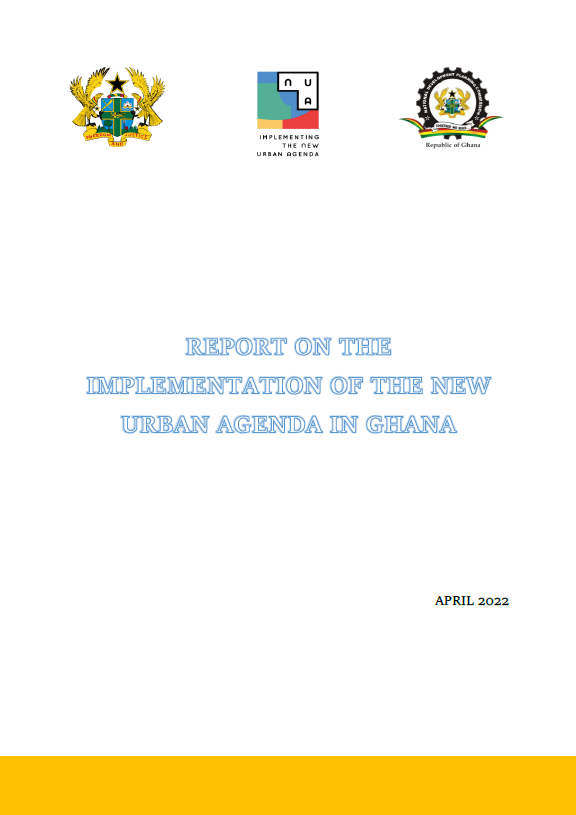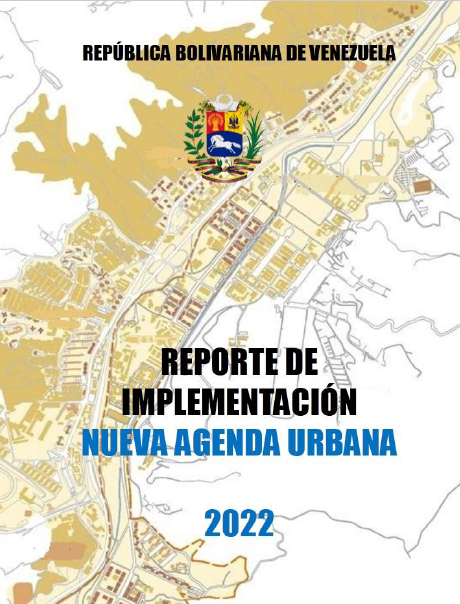National Report 2016-2021
Costa Rica has a total population of approx. 5 million inhabitants. Its social security has reached health levels comparable to those of developed countries: In 2019, the country ranked 68th in the Human Development Index.
As a result of the economic and social effects of COVID-19, these poverty and unemployment rates deteriorated. The 2020 National Household Survey indicated that poverty stood at 26.2% and extreme poverty at 7%. These indicators have gradually recovered and it is expected that in 2022 they will reach pre-pandemic levels. But both poverty and the unemployment rate continue to affecting women more than men and in the same way, it is greater in rural than urban areas.
In 2015, the Costa Rican government established the Bridge to Development Strategy (EPD), as a mechanism to reduce poverty and create opportunities for vulnerable populations. In 2019, the EPD went from being concentrated in 75 priority districts defined since its creation, to extending to families in extreme poverty and poverty throughout the country. Since 2015, more than 113,000 families, 80% headed by women, have been part of a comprehensive process of social development,. Neighborhood improvement projects through the mechanism known as "communal bond", executed by the Housing Mortgage Bank in various communities of the country.
It can be observed that, in Costa Rica, inequality in the distribution and concentration of wealth is greater in urban areas and less in rural areas. Similarly, there are significant gaps in operational, financial, and management capacities between municipalities in urban and rural areas.
Although municipalities in general do not have budgets for the care of informal settlements, most of the local governments publish their plans and projects on their web pages; and maintain active and democratic consultation mechanisms with their inhabitants.
As far as housing is concerned, the general outlook prior to the pandemic was positive, given that the deficit in Costa Rica continues to be one of the lowest in Latin America and the Caribbean. In 2021 the Housing Deficit was 168,895 units, or 11% of all households. The number of square meters of construction processed in housing for the period showed a decrease, between the years 2016 and 2018, of 26%, in which the category of apartments was the one that decreased the most (39%), compared to with houses (20%).
The Costa Rican State, through the National Housing Finance System (SFNV), has made it easier for a large part of the low-income population to gain access to housing, through the granting of the Family Housing Bonus.
In the year 2020, a reform of family law, annulling the absolute prohibition that weighed to contract marriage by same-sex couples, equalizes civil rights of same-sex couples. This leads to having access to profit rights; housing credit rights; succession rights, among others.
Regarding climate change and sustainable resource management, Costa Rica launched its National Decarbonization Plan in 2019, whose long-term goal is to have zero net emissions by 2050. This includes, 100% of new buildings are designed and built adopting low emission and resilience systems and technologies and by 2050, 50% of commercial, residential and institutional buildings operate with low emission standards.
National Report 2022
National Report 2022
This report provides an update on the progress of implementation of the New Urban Agenda in Ghana by tracking the progress of key performance indicators, identifying interventions that are contributing to the achievement of the commitments, as well as constraints, and opportunities to accelerate the implementation of the NUA.
The report was prepared in an open, inclusive, and multi-stakeholder manner, with the active participation of a wide range of state actors. A structure of Steering and Technical Committees was established to guide the process. The report focused on 45 indictors (37 original; 6 localised; and 2 proxy) covering all the six main commitment areas of the Agenda. The draft report was reviewed and validated in a series of workshops for stakeholder groups to ensure that the information presented in the report was a true reflection of Ghana’s story.
The implementation of the NUA is well integrated into the policy, planning, budgeting and monitoring systems in the country. The Agenda is integrated into the country’s National Development Policy Frameworks (NDPF) which provides the vision, overall goals, and objectives, as well as strategic direction for the development of the nation. The NDPF also serves as a guide for Local Governments (Metropolitan, Municipal and District Assemblies) to prepare their Medium-Term Development Plans. These plans are aligned to the NUA for implementation at the local level.
Access to basic and safely managed drinking water services has improved over time. The 2021 Population and Housing Census shows that nationally, 9 in 10 households (92%) have access to improved sources of drinking water. Further, the statistics are tilted favourably towards urban dwellers where 97.8 percent of households have access to this service. Similarly, access to safely managed sanitation services has improved from 11.5 percent in 2016 to 13.3 percent in 2020. In the urban areas, access to safely managed sanitation services stands at 12.09 percent in 2020. There also exists legislation and policies that promote urban planning and management. Participation in the development process at national and local governments is guaranteed by the legislation – Constitution, Acts, and Legislative Instruments. The utilisation of the Internet remains high, especially in the area of education, communication and entertainment. Despite the progress made, the emergence of the COVID-19 pandemic has had a negative impact. There exists also the challenge of affordable housing and access to land documentation.
The implementation of the NUA like in most countries has been affected by COVID-19. Despite the challenge, there are existing opportunities that when leveraged would help ensure the implementation of the NUA to build back better in the long term. These opportunities include the existence of legal and policy frameworks that support the implementation of the NUA; the existence of an implementation structure; continuous government investment in policies and programmes which fall under the NUA; the existence of sector ministries dedicated to implementing the NUA; and the existence of CSOs platforms that support and ensure implementation of the NUA.
National Report 2022
La República Bolivariana de Venezuela ha demostrado poseer el potencial social, cultural, político, productivo y económico para enfrentar todos aquellos desafíos y adversidades, con el impulso e implementación de políticas y directrices nacionales que promueven el desarrollo sistémico e integral de la nación, en cumplimiento a los compromisos adquiridos con los Objetivos de Desarrollo Sostenible (2015), la Nueva Agenda Urbana (NAU, 2.016), entre otros, en miras de un mejor futuro, mayor calidad de vida y entorno sostenible.
Para el cumplimiento de dichos compromisos, el Estado venezolano está constantemente a la vanguardia, en la creación, actualización y evaluación de su legislación, en pro de la generación de políticas eficaces, inclusivas, sostenibles, justas y participativas. El Plan de la Patria o Plan de Desarrollo Económico y Social de la Nación, instaura una serie de lineamientos, indicadores y políticas estructurantes, que su implementación está en concordancia con la Nueva Agenda Urbana (NAU), para promover el desarrollo en ciudades y asentamiento humanos sostenibles.
Pagination
- Previous page
- Page 20
- Next page








